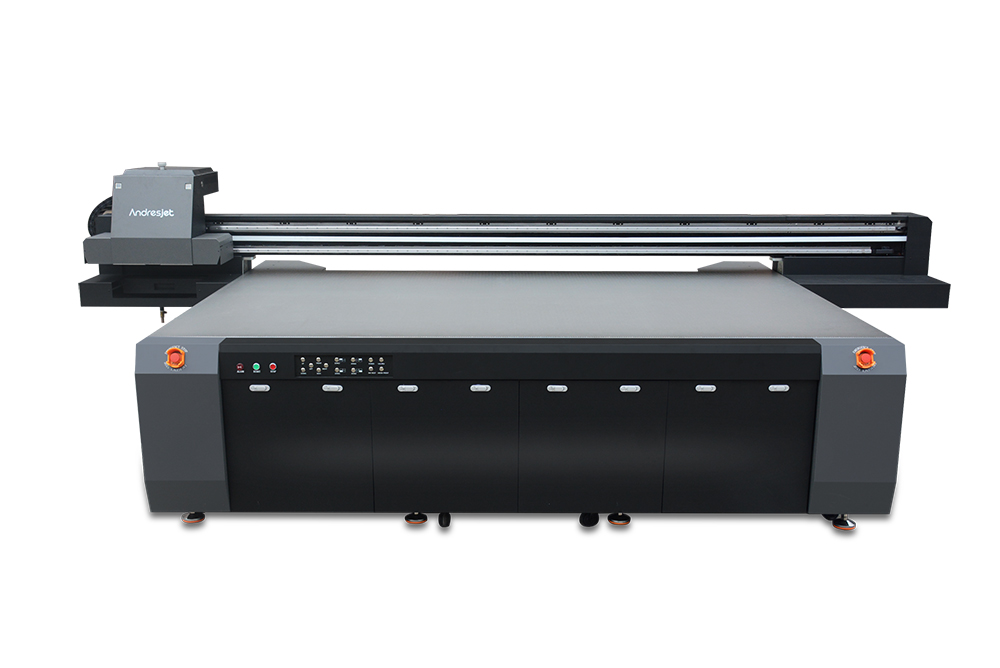How to Select the Best UV Flatbed Printer for Your Needs?
How to Select the Best UV Flatbed Printer for Your Needs?
In the realm of digital printing, UV flatbed printers have revolutionized the way we produce high-quality, durable prints on various materials. These versatile machines offer unparalleled precision, speed, and versatility, making them ideal for a wide range of applications, from signage and graphics to packaging and product decoration. However, selecting the best UV flatbed printer for your specific needs can be a daunting task, given the multitude of options available in the market. This comprehensive guide aims to simplify the process by outlining key factors to consider when making your choice.

**1. Understanding UV Flatbed Printing Technology
UV flatbed printers utilize ultraviolet (UV) light to cure ink instantly after it’s applied to the material. This technology allows for precise control over ink deposition, enabling vibrant colors, sharp details, and excellent adhesion to a broad spectrum of substrates, including glass, metal, plastic, wood, and more. Understanding the basics of UV printing technology is crucial as it sets the foundation for evaluating different printer models based on their capabilities and suitability for your projects.
**2. Assessing Your Printing Needs
Before diving into the technical specifications, take a step back to assess your printing needs thoroughly. Consider the following:
Volume and Frequency: Determine the volume of prints you require and how frequently you’ll be using the printer. This will help you decide on the printer’s speed and capacity.
Material Versatility: Identify the types of materials you’ll be printing on. Some printers excel at printing on rigid materials while others may be more suited for flexible substrates.
Print Quality: Define your quality standards. High-resolution prints require printers with finer print heads and advanced ink systems.
Budget: Establish a budget that accommodates not only the printer’s purchase price but also ongoing costs such as ink, maintenance, and potential upgrades.
**3. Key Features to Consider
With your printing needs in mind, focus on the following features when evaluating UV flatbed printers:
Print Resolution: Look for printers with high DPI (dots per inch) capabilities for crisp, detailed prints.
Print Speed: Faster print speeds are beneficial for high-volume production but ensure they don’t compromise print quality.
Ink System: Pigment-based inks offer better durability and resistance to fading, making them suitable for outdoor applications. Some printers also offer white ink capabilities, enhancing print visibility on transparent or dark materials.
Bed Size: Choose a printer with a bed size that accommodates your largest print jobs without compromising quality.
Software Compatibility: Ensure the printer is compatible with your design software and supports file formats you commonly use.
Ease of Use: User-friendly interfaces and automated features can streamline your workflow and reduce operator errors.
**4. Evaluating Durability and Maintenance
UV flatbed printers are investments meant to withstand the test of time. Consider the following aspects related to durability and maintenance:
Build Quality: Look for printers with robust construction and durable components that can endure continuous operation.
Maintenance Requirements: Regular maintenance is crucial for optimal performance. Assess the ease of accessing printer parts for cleaning or replacement and the availability of technical support.
Ink Costs and Consumption: While initial ink costs may seem insignificant, they can add up over time. Compare ink consumption rates and prices among different models.
Warranty and After-Sales Service: A reliable warranty and accessible customer service can save you from significant expenses in case of breakdowns or technical issues.
**5. Researching and Comparing Brands
The market is flooded with UV flatbed printer brands, each claiming to offer unique advantages. To make an informed decision:
Read Reviews: Look for unbiased reviews from industry experts and actual users to gauge the printer’s performance and reliability.
Attend Demonstrations: If possible, attend live demos or request sample prints to assess print quality and speed directly.
Consult with Experts: Seek advice from printing professionals or consult with the manufacturers’ representatives to address any specific concerns or requirements.
**6. Considering Future Scalability
As your business grows, your printing needs may evolve. Consider a printer that offers scalability options, such as upgradeable components or the ability to integrate with other systems, ensuring your investment remains relevant in the long run.
**7. Making the Final Decision
After thorough research and consideration, it’s time to make your decision. Create a pros and cons list for the top contenders, weighing their features, costs, and how well they align with your printing needs. Don’t hesitate to negotiate with suppliers for better pricing or additional services.
Conclusion
Selecting the best UV flatbed printer for your needs is a multifaceted process that requires careful consideration of your printing requirements, budget, and long-term goals. By understanding the technology, assessing your needs, evaluating key features, considering durability and maintenance, researching brands, and planning for scalability, you can make an informed decision that sets your business up for success. Remember, the right printer is not just a tool but a strategic investment that can significantly enhance your printing capabilities and expand your business horizons.
